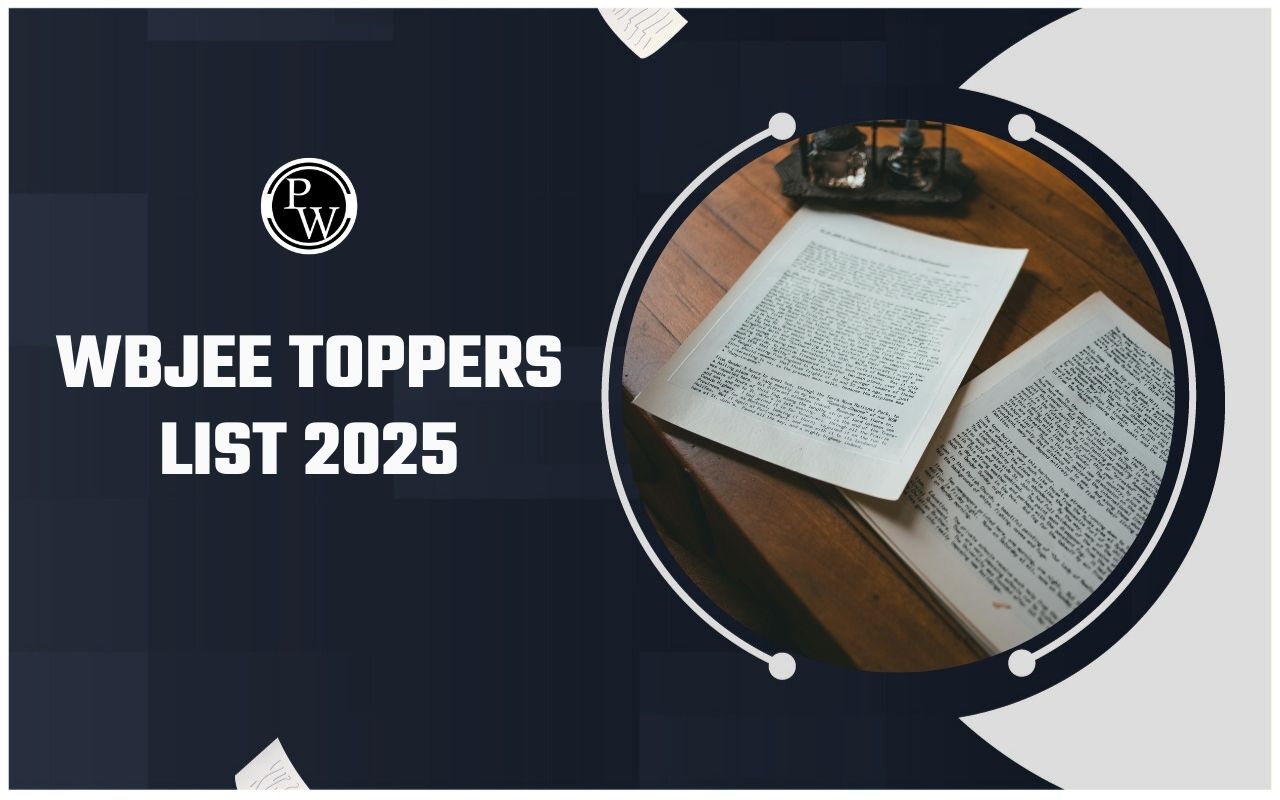
Bangla Chemistry Notes for Class 11: Bangla Chemistry Notes for Class 11 are carefully designed to cover the syllabus prescribed by the education board. These notes include detailed explanations of key concepts, making it easier for students to understand complex topics.
By following these notes, students can prepare effectively for their exams, as they align well with the exam pattern and important chapters.
Additionally, the notes incorporate questions from previous year papers, helping students familiarize themselves with the types of questions frequently asked. These notes will help students boost their confidence and improve their performance in Class 11 Chemistry exams.
Also Check: WBJEE Syllabus 2025
Bangla Chemistry Notes for Class 11
Bangla Chemistry Notes for Class 11 cover the full syllabus and exam pattern. These notes include important concepts and questions from previous year papers to help students prepare effectively. They will help you understand topics clearly and boost your exam confidence.
Check below for detailed notes and study materials to better understand for your Chemistry exam.
|
Bangla Chemistry Notes for Class 11 |
|
|
Principle of Qualitative Analysis and Practical Chemistry |
|
|
Hydrocarbons |
|
|
General Organic Chemistry |
|
|
Environmental Chemistry |
|
|
Classification of Element |
|
|
Chemical Bonding and Molecular Structure |
|
|
Atomic Structure |
|
Detailed Overview of Bangla Chemistry Notes for Class 11
Below, we have provided a detailed overview of Bangla Chemistry Notes for Class 11 -
- Principle of Qualitative Analysis and Practical Chemistry
This section explains the fundamental principles behind qualitative chemical analysis, focusing on identifying ions and compounds through various reactions. It covers laboratory techniques, preparation of solutions, and important reagents used in analysis.
Practical chemistry topics help students develop skills in conducting experiments and interpreting results accurately. The notes provide step-by-step procedures, safety measures, and tips to score well in practical exams.
2. Hydrocarbons
The Hydrocarbons chapter deals with the structure, properties, and classification of organic compounds containing only carbon and hydrogen. It covers alkanes, alkenes, and alkynes, explaining their nomenclature, isomerism, and key reactions such as combustion and substitution.
The notes emphasize reaction mechanisms and industrial importance, helping students understand the relevance of hydrocarbons in everyday life and chemical industries.
3. General Organic Chemistry
This chapter introduces the basics of organic chemistry, including the study of functional groups, bonding, and hybridization in carbon compounds.
It explains the concepts of homologous series, isomerism, and reaction types like addition, substitution, and elimination. The notes also discuss methods of preparation and purification of organic compounds, preparing students for both theoretical and practical exams.
4. Environmental Chemistry
Environmental Chemistry notes focus on the chemical processes occurring in the environment and their impact on ecosystems. Topics include pollution (air, water, and soil), green chemistry, and sustainable development.
The notes highlight ways to reduce pollution and the importance of eco-friendly chemical practices. This chapter connects chemistry concepts to real-world environmental issues, raising awareness among students.
5. Classification of Elements
This section explains the periodic classification of elements based on atomic number, electronic configuration, and recurring chemical properties.
It covers the Modern Periodic Table, groups, periods, and trends such as atomic radius, ionization energy, and electronegativity. The notes provide a clear understanding of how elements are organized and how this classification helps predict element behavior.
6. Chemical Bonding and Molecular Structure
This chapter discusses the types of chemical bonds—ionic, covalent, and metallic—and the theories explaining bond formation, such as Valence Bond and Molecular Orbital theories. It explains molecular shapes, bond parameters, and polarity, helping students visualize molecules in three dimensions.
These notes aid in understanding the stability and properties of molecules, essential for grasping advanced chemistry topics.
7. Atomic Structure
Atomic Structure notes cover the fundamental concepts of the atom, including subatomic particles, atomic models, and quantum mechanics basics. The chapter explains electronic configuration, quantum numbers, and the arrangement of electrons in shells and subshells. Students learn how atomic structure relates to element properties and chemical behavior, providing a strong foundation for further study.
Also Check: WBJEE 2025 Most Asked Chapters and Weightage for All Subjects
Benefits of Using Bangla Chemistry Notes for Class 11
Here are some benefits of using Bangla Chemistry Notes for Class 11:
- Clear Understanding in Native Language
Studying Chemistry concepts in Bangla helps students grasp complex topics more easily by learning in their mother tongue, making comprehension faster and deeper.
2. Aligned with Local Syllabus and Exam Pattern
These notes are tailored to match the West Bengal Class 11 syllabus and exam pattern, ensuring focused preparation and higher chances of scoring well.
3. Inclusion of Previous Year Questions
With questions from past exams incorporated, students get familiar with exam trends and important topics, improving their accuracy and confidence.
4. Time-Saving and Organized Content
Concise and well-structured notes save time during revision, helping students cover all chapters efficiently without missing critical points.
5. Boosts Practical Exam Readiness
Notes include practical tips and procedures, preparing students thoroughly for both theory and laboratory exams, enhancing overall performance.
6. Improves Exam Strategy
Students can use these notes to strategize their study plan, focusing on high-weightage topics and practicing effectively for better results.
| Other Links Related to WBJEE 2025 | |
| WBJEE 2025 | WBJEE Syllabus 2025 |
| WBJEE Apply Online 2025 | WBJEE Eligibility Criteria 2025 |
| WBJEE Previous Year Question Papers | |
Bangla Chemistry Notes for Class 11 FAQs
Are Bangla Chemistry Notes for Class 11 available for free download?
Do these notes cover the entire Class 11 Chemistry syllabus?
Can these notes help improve my practical exam skills?
Are previous year exam questions included in the notes?










